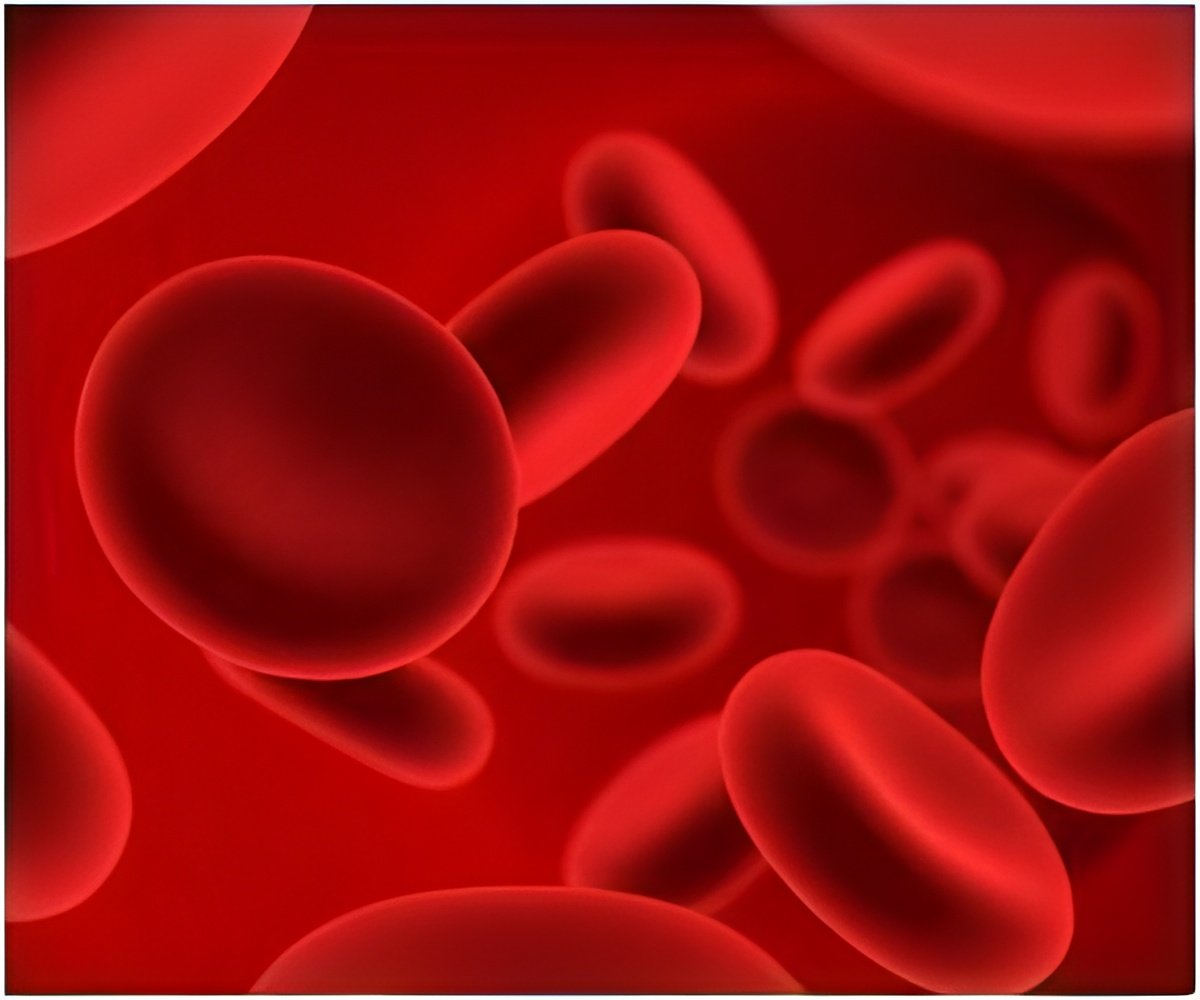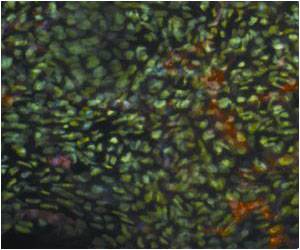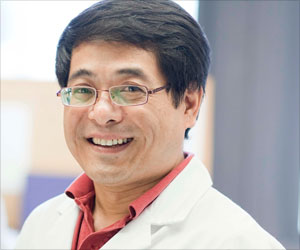Hematopoiesis is the process of creating new blood cells in the body.The hematopoetic stem cell niche is so important for the creation of bone marrow and blood cells.

‘Targeting Del 1 protein could be an effective way to improve stem cell transplants for both donors and recipients.’





"Because the hematopoetic stem cell niche is so important for the creation of bone marrow and blood cells and because Del-1 is a soluble protein and is easily manipulated, one can see that it could be a target in many potential applications," said George Hajishengallis, the Thomas W. Evans Centennial Professor in the Department of Microbiology in Penn's School of Dental Medicine and a senior author on the work."I think that Del-1 represents a major regulator of the hematopoetic stem cell niche," said Triantafyllos Chavakis, co-senior author on the study and a professor at the Technical University of Dresden. "It will be worthwhile to study its expression in the context of hematopoetic malignancy."
For Hajishengallis, the route to studying Del-1 in the bone marrow began in his field of dental medicine. Working with Chavakis, he had identified Del-1 as a potential drug target for gum disease after finding that it prevents inflammatory cells from moving into the gums.
Both scientists and their labs had discovered that Del-1 was also expressed in the bone marrow and began following up to see what its function was there.
"In the beginning, I thought it would have a simple function, like regulating the exit of mature leukocytes [white blood cells] from the marrow into the periphery," Hajishengallis said, "something analogous to what it was doing in the gingiva. But it turned out it had a much more important and global role than what I had imagined."
Advertisement
Using mice deficient in Del-1, they found that the protein promotes proliferation and differentiation of hematopoetic stem cells, sending more of these progenitor cells down a path toward becoming myeloid cells, such as macrophages and neutrophils, rather than lymphocytes, such as T cells and B cells.
Advertisement
When the researchers mimicked a systemic infection in mice, animals deficient in Del-1 were slower to begin making myeloid cells again compared to those with normal Del-1 levels."We saw roles for Del-1 in both steady state and emergency conditions," Hajishengallis said.
Hajishengallis, Chavakis and their colleagues identified the protein on hematopoetic stem cells with which Del-1 interacts, the ß3 integrin, perhaps pointing to a target for therapeutic interventions down the line.
The scientists see potential applications in bone marrow and stem cell transplants, for both donors and recipients. In donors, blocking the interaction between Del-1 and hematopoetic stem cells could enhance the mobilization of those progenitors into the bloodstream. This could be helpful for increasing donor cell numbers for transplantation. Transplant recipients, on the other hand, may need enhanced Del-1 interaction to ensure the transplanted cells engraft and begin making new blood cells more rapidly.
In addition, people undergoing chemotherapy who develop febrile neutropenia, associated with low levels of white blood cells, might benefit from the role of Del-1 in supporting the production of immune-related blood cells such as neutrophils.
"It's easy to think of practical applications for these findings," said Hajishengallis. "Now we need to find out whether it works in practice, so our studies continue."
Source-Eurekalert















